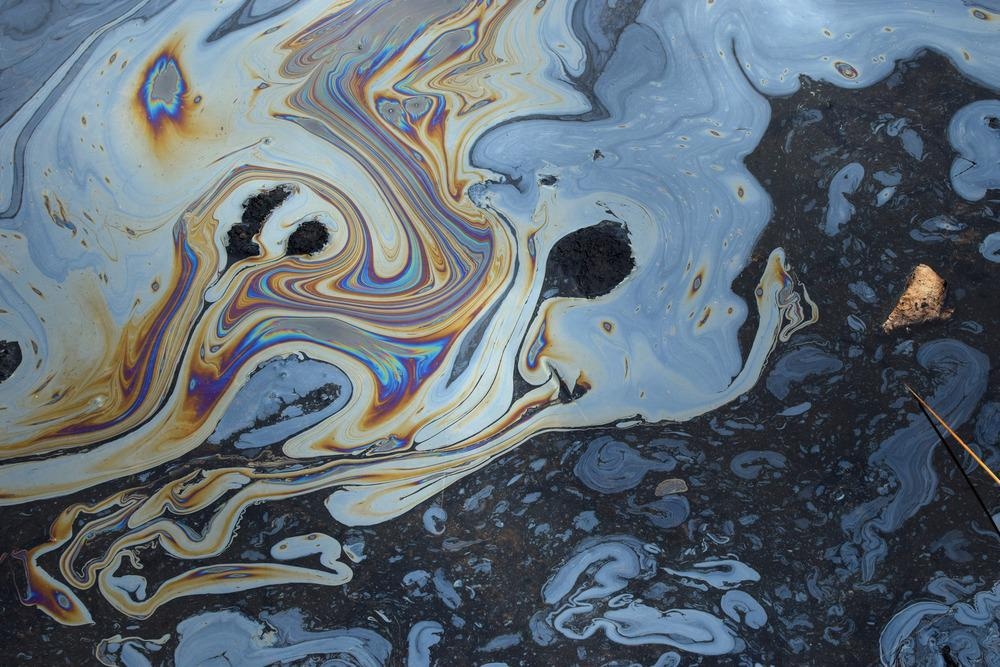“Oil-Diode” Janus Membranes containing wettable structures that could be used to quickly refine oil spills were designed in a study recently published in the journal ACS Nano.

Study: Constructing Environmental-Friendly “Oil-Diode” Janus Membrane for Oil/Water Separation. Image Credit: dimitris_k/Shutterstock.com
Unidirectional Membranes – Revolutionizing Oil Separation
Considered one of the most serious environmental issues, large-scale oil spills have harmed marine ecosystems and the environments worldwide. For example, about 10,000 tons of oil leaked on the coast of Mauritius, putting the entire ecosystem at risk.
To counteract this issue, academics have been working on techniques to solve oil-water separation. One highly effective technique to achieve this task is “Uni-directional Membranes”, in particular, Janus membranes.
These membranes have an ingenious liquid transportation technique, allowing liquids to flow in only a single direction, similar to electrical diodes. Inspired from animals and plants, these membranes have exceptional efficiency, with no added energy cost.
Current Research in Oil-Water Separation
There have been several approaches to oil-water separation, but the majority of work has been focused on water-based unidirectional membranes (Water-Diodes), with only a few studies focusing on oil-based unidirectional membranes (Oil-Diodes).
One such approach is to create oil-based unidirectional membranes with a polydopamine (PDA) coating hydrophilic (water-mixing) layer and polyethylene terephthalate polyethylene glycol terephthalate (PET)/polytetrafluoroethylene (PTFE) composite micro separation hydrophobic (water-repelling) layer.
However, as the wettability of the micro-nanostructure and the hydrophobic membrane were the same, high levels of oil incursion were hard to achieve.
Another approach was to introduce a micro-nanostructure with a partially hydrophilic surface which may enhance the Laplace resistance to oil, hence raising the pressure of oil incursion.
Researchers in the field have accomplished efficient separation of oil-water-based amalgams, but a separation efficiency of 99.5% has been difficult to achieve.
Adding to the complications, these membranes are made using non-biodegradable plastics, which when wasted can have a detrimental effect on the environment.
In this study, a method for producing environmentally friendly unidirectional oil-based membranes for oil-water separation by electrospinning a slender super hydrophilic polylactic acid (PLA) layer over superhydrophobic copper meshes was devised.
Advantages of Oil-Diodes
The oil-diodes employed in the study are environmentally friendly and long-lasting due to their PLA layer being benign, while at the same time having copper meshing that is both durable and easy to recycle.
Another advantage is performance as the membranes proposed in the study indicate superb performance when it comes to filtering oil-water mixtures.
The delicately crafted membrane structure and wettability provide critical Laplace pressure difference on two directions of the membrane for oil, resulting in an ultrahigh oil incursion pressure and an exceptional filtration performance.
Results of the Study
The team proposed that by oxidizing and treating copper mesh to have the water-repelling ability, and accumulating a layer of hydrophilic PLA nanofiber membrane on top, a simple technique to build environmentally acceptable membranes that can be utilized for effective and fast oil-water separation was achieved.
The team noted that to achieve unidirectional liquid permeance, surface wettability and elevated structures such as the raised flower-bud area might be used to encourage superimposed efforts, as indicated by the oil incursion pressure.
Additionally, the inclusion of a micro-nanostructure area with a partly hydrophilic surface on the hydrophobic side of the membrane can significantly boost Laplace pressure, which is critical for producing extra-high oil incursion pressure. As a result, the HI/HO membrane has an exceptionally high oil infiltration pressure of up to 12 kPa.
It was determined, that under certain conditions, the precisely constructed membranes may effectively detach heavy oil-water-based amalgams from light oil-water-based amalgams.
With high permeance and almost 100% efficiency, the manufactured membrane demonstrates superb performance in separating oil-water amalgams. To complement its performance, the ultra-high oil incursion pressure associated with the membrane makes it ideal for liquid/liquid separation-based applications.
Reference
Cheng, X., Ye, Y., Li, Z., Chen, X., Bai, Q., Wang, K., Zhang, Y., Drioli, E., & Ding, J. (2022). Constructing Environmental-Friendly “Oil-Diode” Janus Membrane for Oil/Water Separation ACSNano Available at: https://pubs.acs.org/doi/full/10.1021/acsnano.1c11388
Disclaimer: The views expressed here are those of the author expressed in their private capacity and do not necessarily represent the views of AZoM.com Limited T/A AZoNetwork the owner and operator of this website. This disclaimer forms part of the Terms and conditions of use of this website.